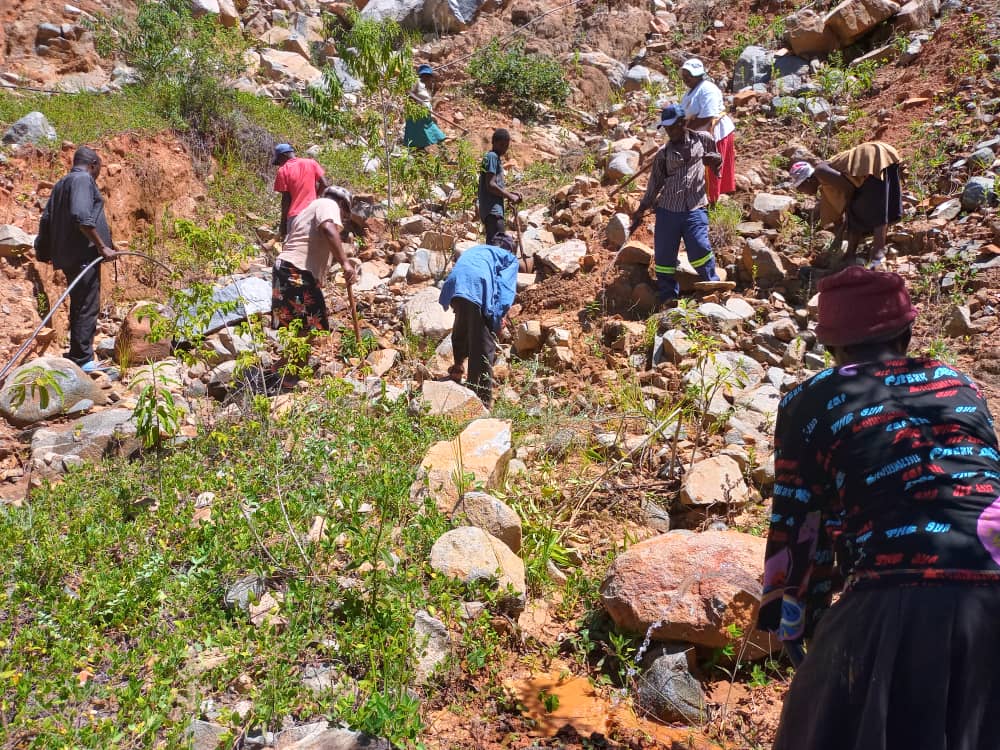Community dialogues using the SAA approach
A key factor in transforming harmful social and gender norms in the Kasigau and Kitirua conservancies has been community dialogues facilitated through the Social Analysis and Action (SAA) model. Developed by CARE International, the SAA model is a community-led social change process that encourages individuals and communities to explore and challenge social norms, beliefs, and practices related to gender, gender-based violence, and sexual and reproductive health rights.
Since the inception of RISE, KWCA has adapted the SAA model to align with the conservation sector. This approach employs participatory tools that help individuals address the gender and social norms affecting development and conservation goals.
The SAA approach was integrated into the wildlife conservancies by first training staff from the landscape association, conservancies, and their boards, followed by community members who now serve as SAA/gender champions. These champions facilitate community dialogues using participatory tools such as the Fixed Position Tool, "But Why?" Tool, 24-Hour Clock, Pile Sorting, and Vote with Your Feet, among others. The dialogues are facilitated to members of the conservancies at the villages either at a central site like a church, chiefs office or at the “Maasai boma’s-households”.
- Gender focal points at landscape level to support with coordination of the dialogues and monitoring
- Community members facilitating the dialogues rather than having external people
During the implementation of our solution, we learned that such interventions require sufficient time, approximately 3 to 4 years to yield meaningful change. Transforming deeply entrenched norms and beliefs that communities have held for decades is not an overnight process. Donors and practitioners need to take this timeline into account when designing programs.
Gender-based violence often arises in the dialogues, perpetuated by harmful social norms. Therefore, it is crucial to ensure that support services are available whenever communities need them. Partnerships with local institutions for referral services are essential, along with training the champions in paralegal skills.
Understanding the cultural context is also key. Interventions must be context-specific, tailoring tools and dialogues to fit the local environment. Conducting a gender analysis can aid in this effort.
Additionally, clear selection criteria for participants must be developed and adhered to. It's important to create safe spaces for dialogue, which may involve organizing women-only or men-only groups, or age-specific groups, before mixing them once participants feel comfortable.
We have also learned that change must begin at the individual level before it can translate into collective transformation within the community and conservancy.
